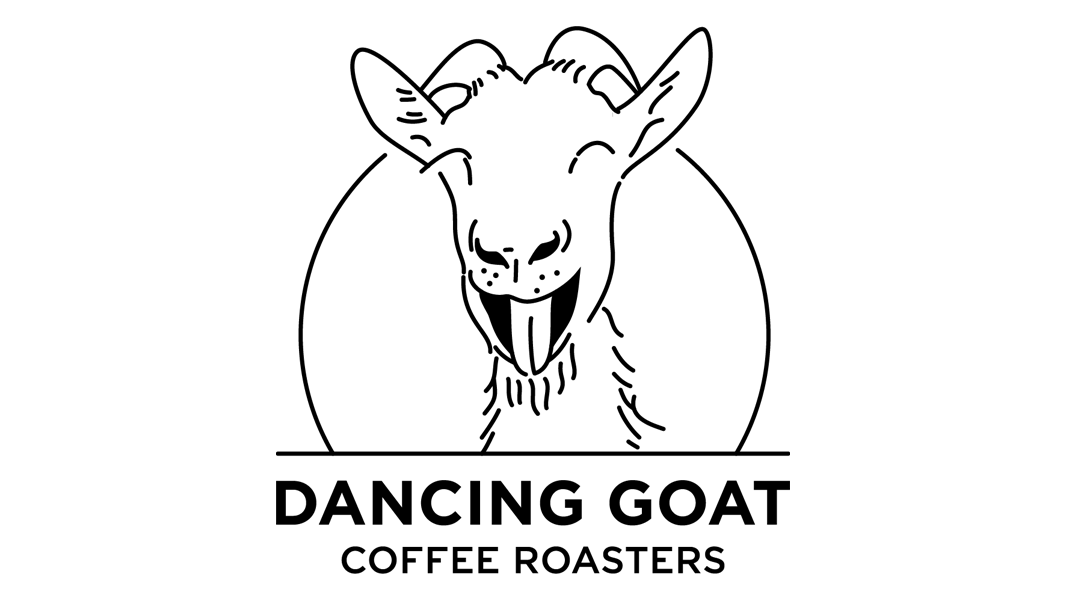Dancing Goat coffee lovers know that the journey from bean to cup is filled with a number of steps, each of which plays a crucial role in the final flavour profile of their beloved brew. One of the most influential steps in this journey is the roasting process.
The time a coffee bean spends in the roaster can dramatically alter its taste, aroma, and overall experience. Let's dive into the fascinating world of coffee roasting and explore how varying roasting times impact the flavour of coffee. And in particular, why Dancing Goat coffee is a little different to what you might find elsewhere, and why.
Understanding the roasting process
Before we delve into the specifics of roasting times, it's important to understand what happens during the roasting process. Coffee beans start as green seeds, which are raw, dense, kinda waxy sometimes, and relatively tasteless. Seeds, basically.
When these beans are exposed to heat, a series of chemical reactions - known as the Maillard reaction and caramelization - occur. These reactions are responsible for developing the flavours, aromas, and colours that we associate with roasted coffee.
LIGHT ROAST: The subtle symphony
Light roast coffee beans are roasted for the shortest amount of time, usually until the first crack, which occurs around 196°C. At this stage, the beans are light brown, dry, and have not yet reached caramelization.
Flavor Profile
ACIDITY: Light roasts are known for their high acidity, which imparts a bright and tangy flavor.
FLAVOUR NOTES: These beans often retain more of the original characteristics of the coffee bean, showcasing floral, fruity, and citrus notes.
BODY: Light roasts tend to have a lighter body, creating a tea-like consistency.
MEDIUM ROAST: The balanced brew
Medium roast beans are roasted until just before or after the second crack, typically at temperatures between 210°C and 220°C. These beans have a medium brown colour and a balanced flavour profile.
Flavor Profile
ACIDITY: Medium roasts have a moderate acidity, which balances the flavours without overwhelming the palate.
FLAVOUR NOTES: The beans exhibit a harmonious blend of the original bean characteristics and the roast-induced flavours, such as chocolate, nuttiness, and caramel.
BODY: Medium roasts have a fuller body compared to light roasts, providing a satisfying and smooth mouthfeel.
Dark Roast: The bold brew
Dark roast beans are roasted beyond the second crack, reaching temperatures above 240°C. These beans are dark brown to almost black in colour and have a shiny, oily surface due to the prolonged exposure to heat. Ever had bitter coffee? It was likely a dark roast.
Flavor Profile
ACIDITY: Dark roasts have low acidity, resulting in a smoother and less tangy taste.
FLAVOUR NOTES: The original bean characteristics are largely overshadowed by the flavours developed during roasting. Expect bold, robust flavours with notes of dark chocolate, spice, and smoky undertones.
BODY: Dark roasts have a heavy body, creating a rich and intense coffee experience.
The science behind roasting time
The roasting time influences the chemical composition of the coffee beans. During roasting, complex carbohydrates break down into simpler sugars, and the acids within the beans are altered.
Light roasts preserve more of the beans' natural acids and sugars, while dark roasts develop more caramelised and carbonised compounds, contributing to their distinctive flavours.
And here we have the difference between most Australian roasters and Dancing Goat. The modern approach to coffee roasting is towards a lighter roast to bring out the bean’s inherent flavour characteristics. However, this approach only suits black coffee drinkers.
Those subtle flavours - the light fruitiness, the subtle herbaceousness - are lost when combined with plant or animal milk. Similarly, much of the bean’s inherent acidity remains, which can cause curdling chaos with your milk.
And if Dancing Goat Coffee Roasters stands for one thing, it’s for making the perfect coffee to mix with milk. So our roasts are slightly darker than you’ll find elsewhere.
Finding your perfect roast
Ultimately, the best roast for you depends on your personal taste preferences. If you enjoy bright, tangy flavours with a hint of the beans' origin, a light roast might be your go-to.
If you prefer a well-rounded cup with a balance of acidity and body, a medium roast could be your perfect match. This is the Dancing Goat way.
For those who crave bold, intense flavours, a dark roast will deliver the robust experience you seek. But be warned, the darker the roast the more every bean starts to taste the same. All subtlety is out the window.
Roasting time is a crucial factor in defining the flavour profile of coffee. From the light and tangy notes of a light roast to the bold and robust flavours of a dark roast, each roasting level offers a unique experience for coffee enthusiasts. At Dancing Goat, we understand the importance of this process but ignore light and dark roasts completely! We only roast to suit milk-based drinks while keeping the essence of the single origin bean.
So, the next time you savour your cup of coffee, take a moment to appreciate the art and science of roasting that went into creating that perfect brew.






Leave A Comment